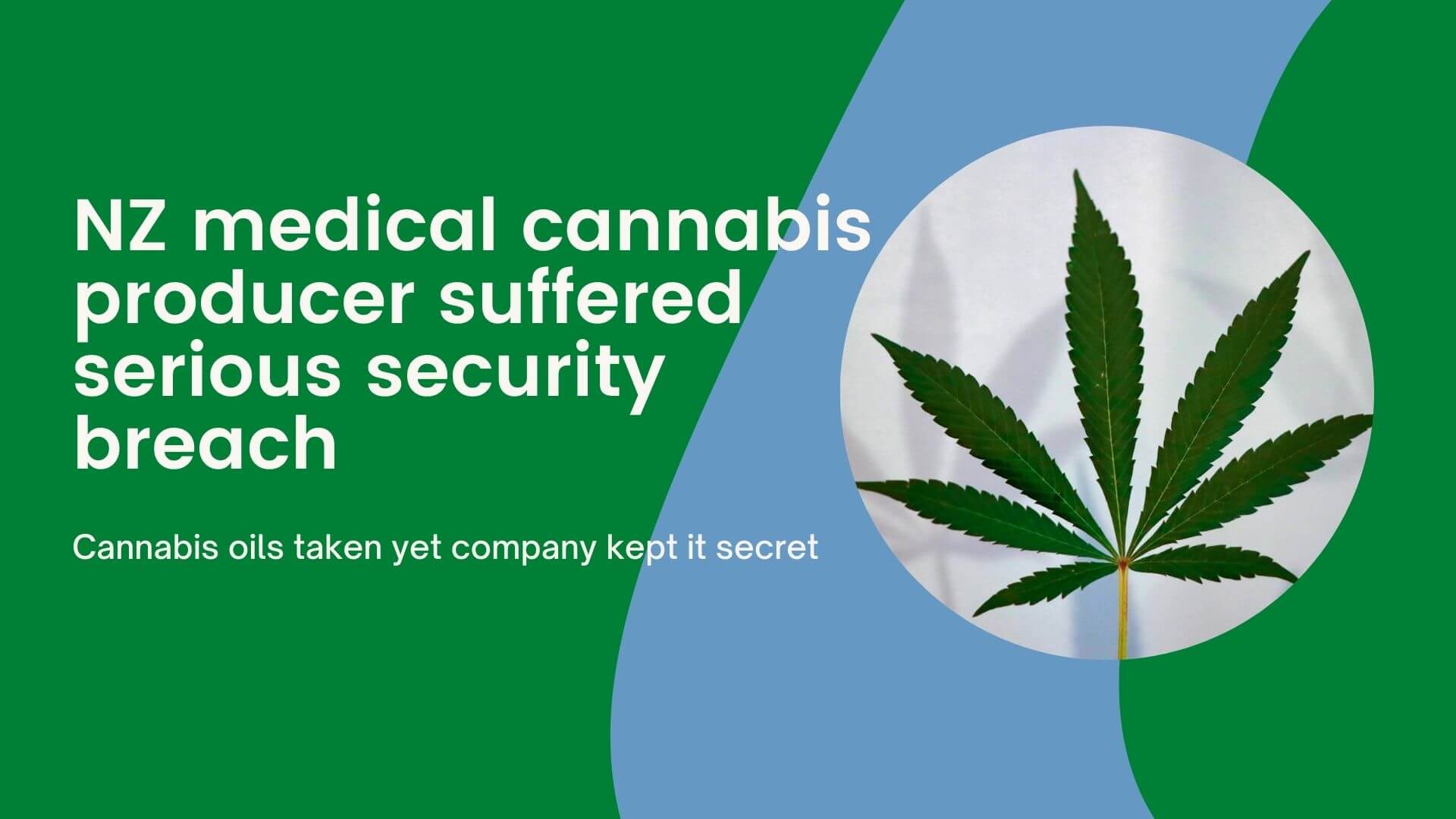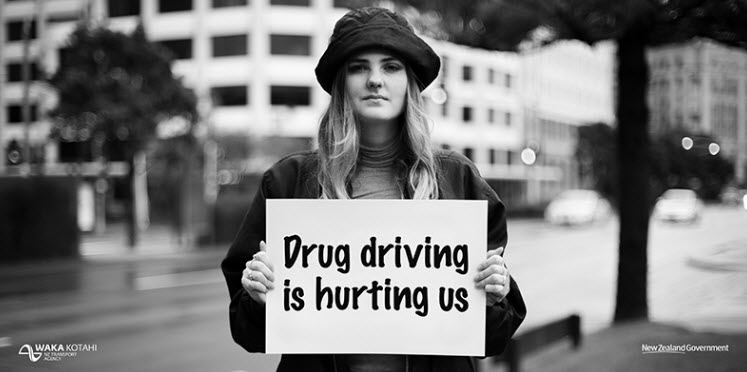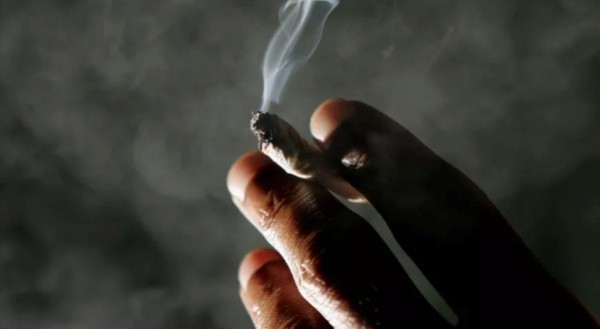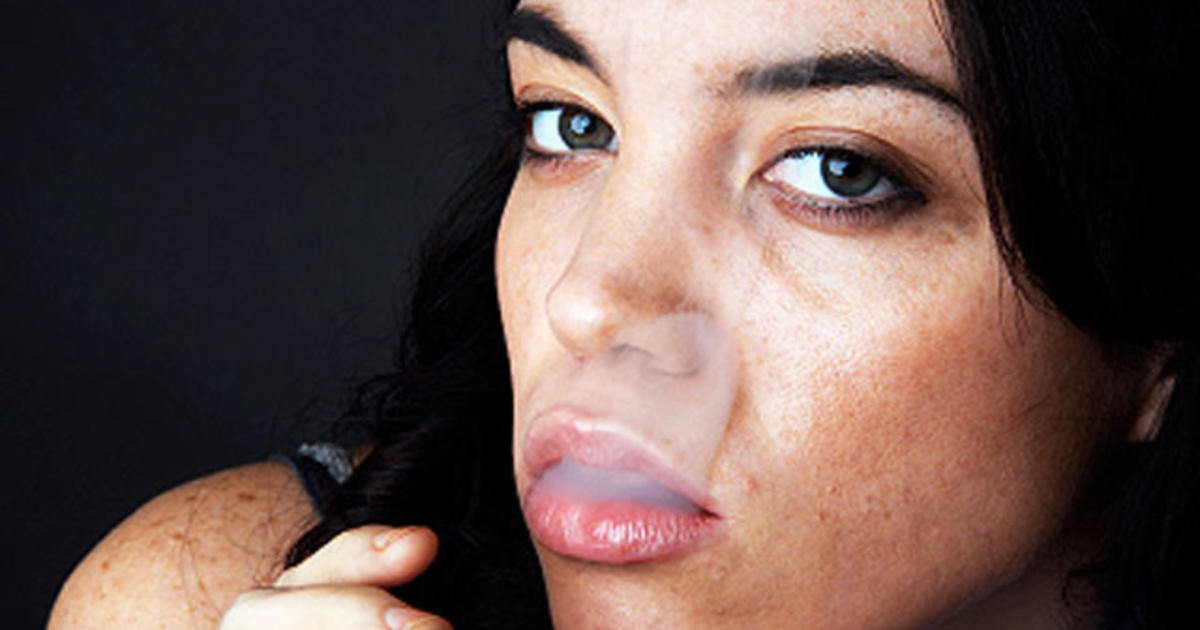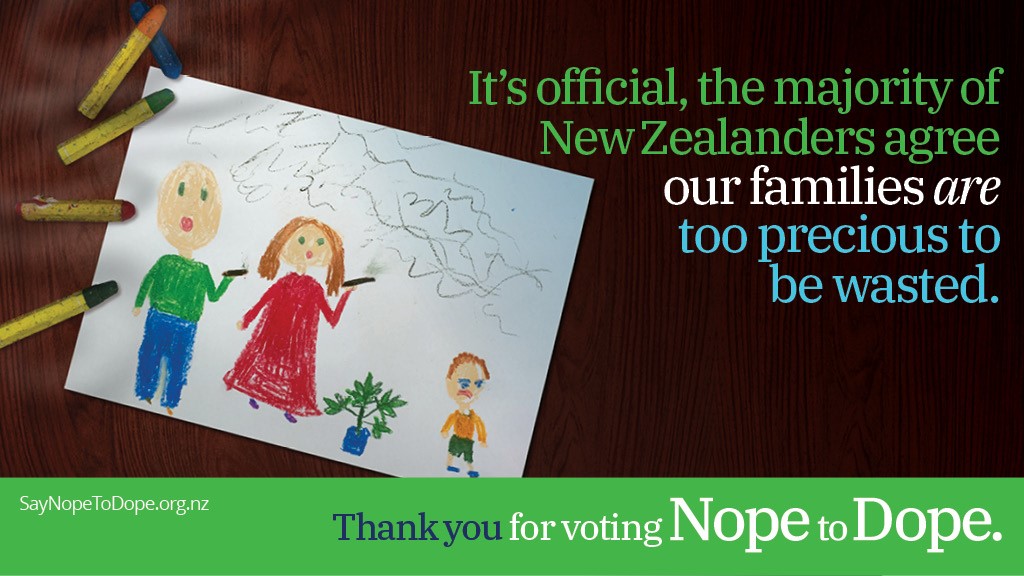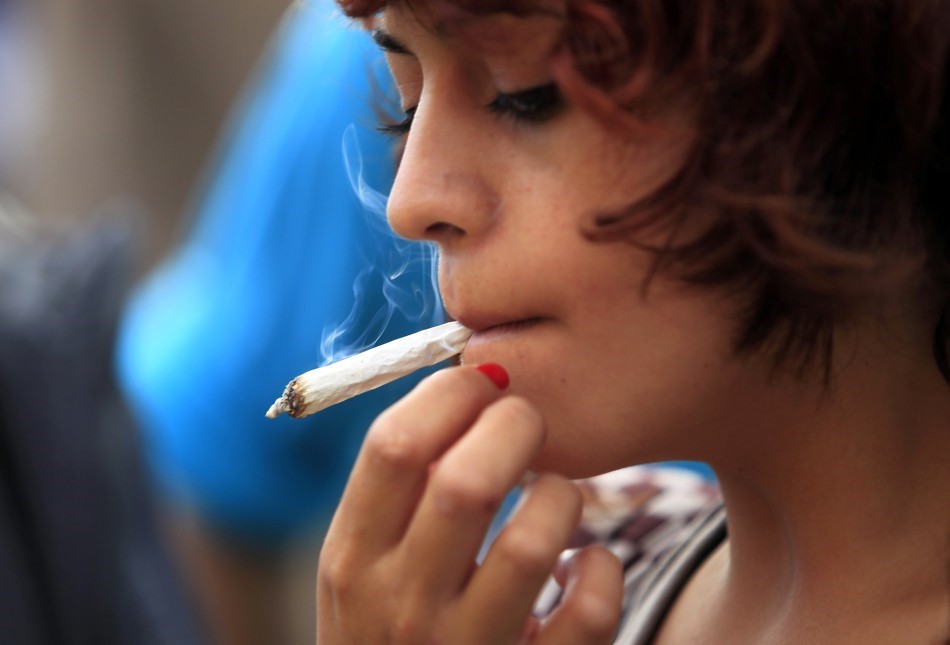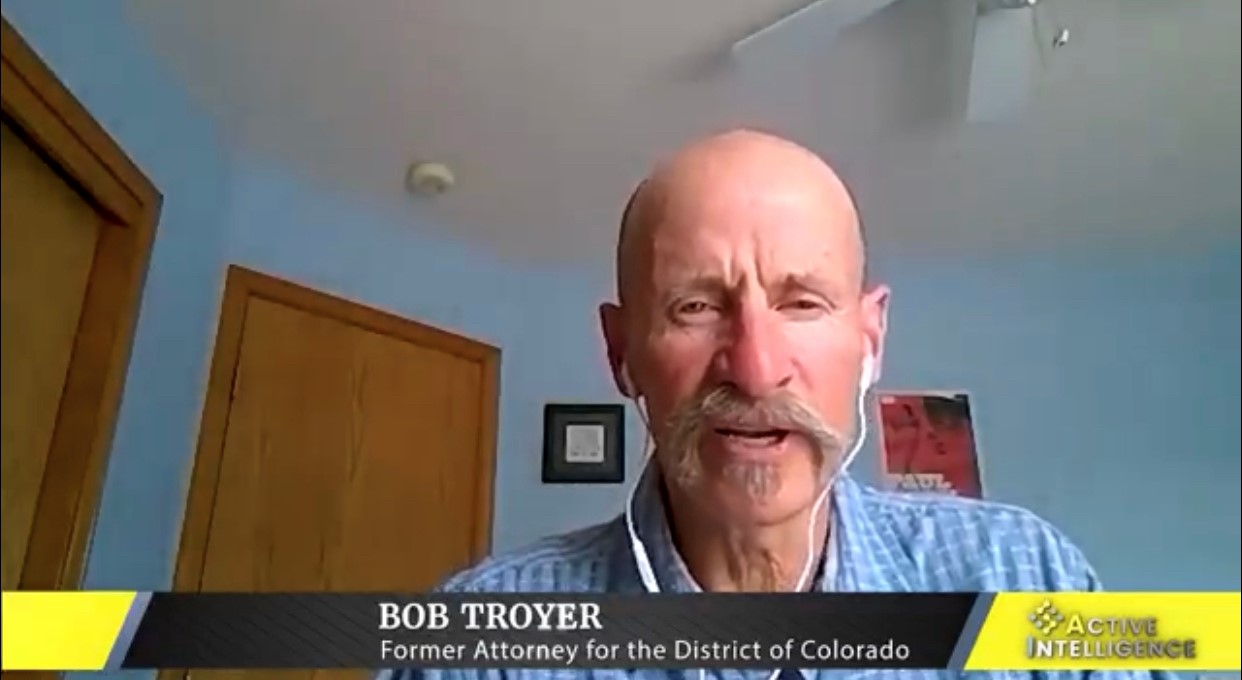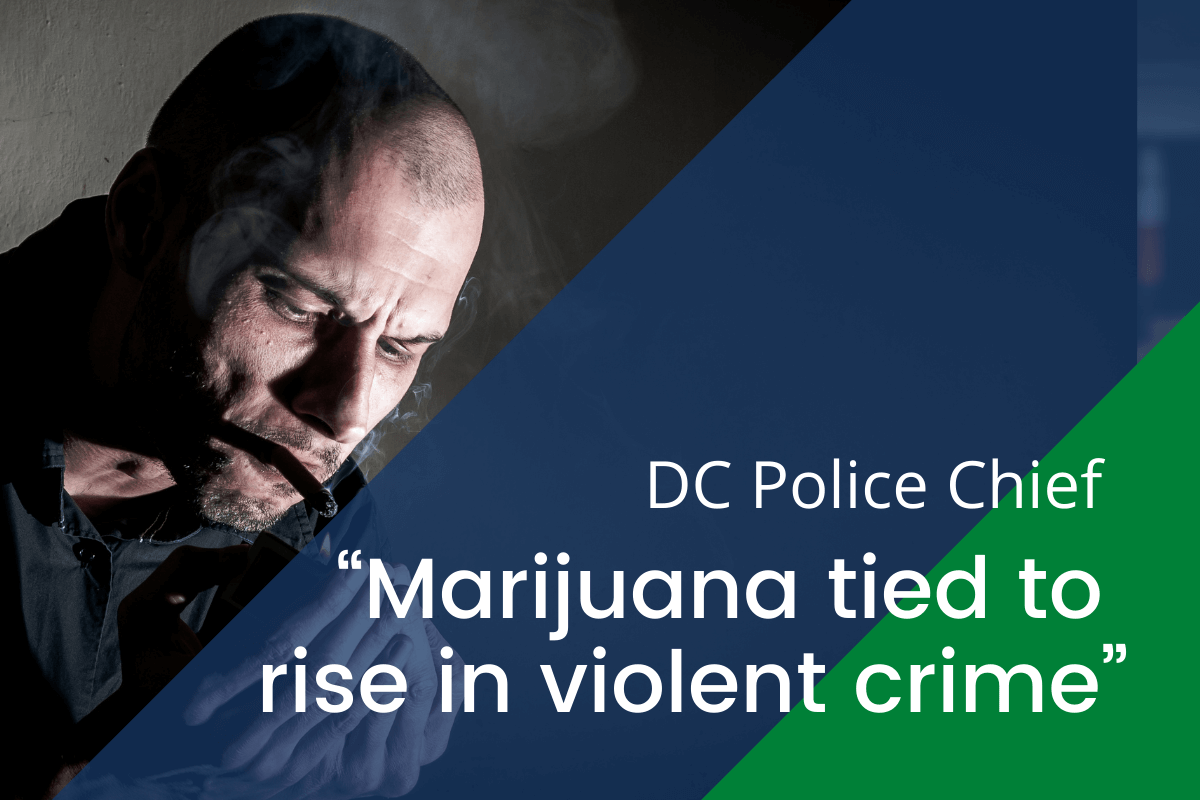
DC Police Chief reveals the truth about marijuana – “it’s undoubtedly” tied to a rise in violent crime”. Despite the fanciful and delusional “theories” of drug advocates, the conclusions from leaders in crime prevention and health are consistent – drugs (including marijuana) are harmful and lead to a rise in violent crime. New Zealand certainly dodged a deadly bullet when we voted NO to cannabis legalisation in the 2020 referendum. Say Nope To Dope.
So, we continue to discover real-world evidence that marijuana is far more dangerous and sinister than our drug advocates want you to believe. It’s clearly not the laid-back organic herb it’s made out to be. Dope is proven to be detrimental to mental health as well as physical health; but it’s also linked to crime. This interview with a veteran DC Police Chief makes it crystal clear that marijuana is “undoubtedly” tied to a rise in violent crime.
“When you have something where people get high reward… and the risk for accountability is very low, that creates a very, very, very, very, very bad situation.”
The must-watch video interview is here


